The 10 Biggest Storage Stories Of 2010
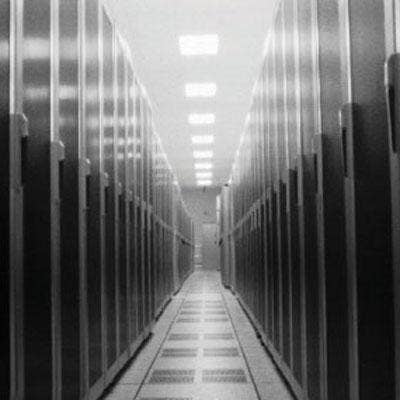
A Year Of Growth, Contraction, Speed And Reduction
It was a year of recovery in the data storage market, as vendor revenue resumed growth after the recent economic recession. But even during the worst of that recession, the amount of data stored continued to grow, pushing customers and their vendor and solution provider partners to find new ways to handle their information.
The storage industry responded with the widespread adoption of new technologies such as solid state drives and primary data deduplication. But even more important, vendors responded with a wave of acquisitions that either brought them new technologies to help customers better manage their burgeoning storage needs, or kept those technologies out of the hands of rivals.
Here's a look at 10 of the most important stories of 2010 impacting storage.
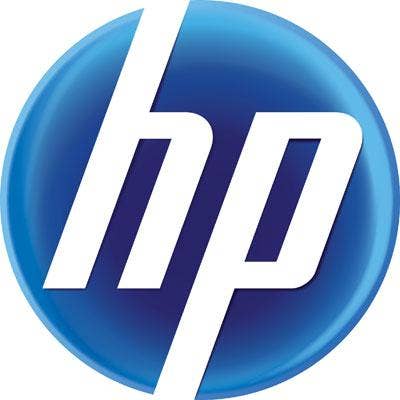
1. HP Trounces Dell In 3Par Acquisition
HP in September closed its $2.35 billion acquisition of 3PAR, beating Dell in a short but intense bidding war.
The acquisition not only gave HP 3PAR's clustering, tiered storage, and thin provisioning technology, it kept that technology out of the hands of HP's rival Dell. It also showed the power of Dave Donatelli, executive vice president and general manager for HP's Enterprise Servers, Storage and Networking (ESSN) group, who engineered the deal even while HP was reeling after firing Chairman, CEO, and President Mark Hurd.
Unfortunately for Dell, the move to acquire 3PAR signaled a lessening of the cozy relationship between EMC, which competes with 3PAR, and Dell, EMC's biggest reseller for years.

2. Storage Industry Roars Back, And Not Just Petabytes Shipped
The economic recovery in 2010 was quite modest, but the data storage market recovery was something else.
But before looking at details, let's define the word "recovery." In revenue terms, the storage market took a hit along with the rest of the economy in the last couple of years. However, in terms of petabytes of capacity shipped, the market barely skipped a beat.
For instance, IDC in September 2009 said second quarter 2009 worldwide total disk storage systems revenue fell 18.7 percent from the prior year despite a 15.2 percent growth in disk storage systems capacity. But in September 2010, IDC reported total disk storage systems revenue grew 20.7 percent to $6.8 billion while total capacity shipped rose 54.6 percent to reach 3,645 petabytes.
That's growth no matter how one looks at it.

3. Storage Clouds Rising
This past year saw the words "cloud" and "storage" paired together more times than anyone can count as vendors unveiled initiatives to help business customers move their data to public and/or private clouds, usually with the help of solution providers.
For instance, i365, a Seagate company, unveiled in November its EVault Cloud-Connected Service Provider program which provides solution providers a storage appliance and software to build a storage cloud for customers tied to another cloud for redundancy.
Startup CTERA Networks in September unveiled technology offering the ability to do multi-user collaboration on files or folders stored locally or in the cloud.
Meanwhile, data protection vendors including Symantec, CommVault, and Double-Take made it easier to use their software with public and private clouds, including Amazon, EMC Atmos, Rackspace and others.
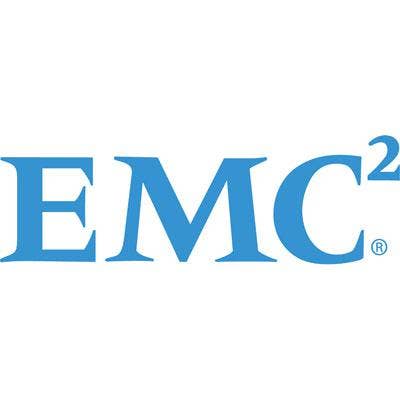
4. EMC Pounces On NetApp With Isilon Acquisition
EMC in November unveiled plans to acquire Isilon, a developer of scale-out NAS technology, for $2.25 billion.
The Isilon technology could give EMC the means to catch up in the scale-out NAS market with arch-rival NetApp, one of the few storage vendors growing faster than industry-leader EMC.
EMC plans to bring the Isilon product line together with its own Atmos storage appliances, which provide massive scalability for storage clouds. The company expects the two to provide customers a scalable, low-cost storage infrastructure for managing what the company calls "Big Data," or the large data stores produced by applications in such markets as life sciences, media and entertainment, and oil and gas.
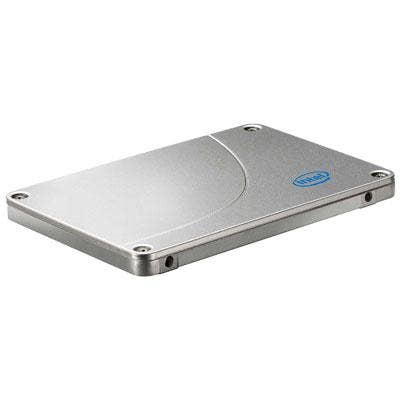
5. Rise Of The Solid State Drive
Solid state drives became news in 2010 thanks to the number of companies entering the market and the increased capabilities of the products themselves. For instance, Hitachi GST worked with Intel to introduce enterprise-class SSDs using many of the same ASICs and firmware found in its enterprise hard drives. Other hard drive vendors, including Seagate, Western Digital and Samsung, expanded their offerings, but faced growing SSD competition from a host of smaller vendors.
An increasing number of storage and other vendors also found ways to adopt the technology. EMC and Oracle-Sun last year led the adoption of SSDs as a high-speed data storage tier in their arrays, were followed this year by others, including NetApp, Dell and IBM. Apple's latest Macbook Air was introduced this fall with a Toshiba-built SSD in place of a hard drive. Toshiba then jumped on the opportunity to release that SSD as a separate product. Meanwhile, Dell, EMC, Fujitsu, Intel and others formed a coalition to standardize PCIe-base SSDs.

6. Data Protection Software Market Consolidation
The data protection software market consolidated in 2010 with the acquisition of two small vendors with big channel partner bases.
Information availability software and services provider Vision Solutions in July acquired Double-Take for $242 million. The acquisition gives Vision software for data protection and recovery, data replication, and application availability, mainly in the Microsoft Exchange, SQL, and SharePoint markets.
Systems management software developer Quest Software in November unveiled plans to buy BakBone Software, a developer of data protection storage software, for about $55 million. With the acquisition, Quest, a developer of software for managing applications, databases, Windows infrastructure, and virtualized environments, will get technology for real-time continuous data protection, deduplication, replication, backup, and recovery in heterogeneous environments.
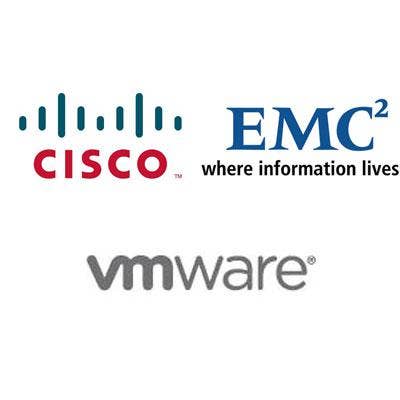
7. Cisco And Converged Infrastructure: It's Not All About EMC
Cisco and EMC, along with VMware, made a big splash in 2009 with a new coalition and the Vblock storage platform, giving rise to the idea that the two vendors were best buddies and tied to each others' hips.
Cisco, however, was more independent-minded with its Unified Computing System (UCS) technology, which provides the server and networking technology underlying the Vblock. Cisco in the Spring unveiled a new strategic relationship with EMC arch-rival NetApp, and since then anecdotal evidence from solution providers suggests that more Cisco UCS deals are done with NetApp than with EMC.
NetApp rubbed salt in EMC's wound in November with its FlexPod architecture which provides solution providers the blueprints to configure storage solutions based on NetApp storage, Cisco networking, and VMware virtualization technology.

8. Lots And Lots Of Startups
Even as the number of established storage vendors continued to shrink thanks to intense M&A activity, plenty of startups came to the industry hoping to get enough funding and enough time to tackle customer problems from new angles.
Storage startups coming out of stealth mode in 2010 include StorSimple, a developer of a hybrid storage appliance and cloud offering; Clustrix, a developer of clustered database systems for Internet-scale applications; BridgeStor, a developer of appliances for primary dedupe; Rectiphy, a developer of software for backing up Microsoft Hyper-V virtual servers; Cirtas Systems, a developer of appliances that appear as an enterprise array but which actually connects enterprises to a storage cloud; Nimble Storage, a developer of a storage array combining Flash memory and SATA disks for primary, backup and disaster recovery and many others.

9. Dedupe Of Primary Storage Gets Its Chance
Data deduplication technology, which replaces redundant blocks of data with pointers to a single copy of that data to cut storage capacity requirements, has become a must-have feature for backups and archiving.
However, 2010 saw a push by several vendors to dedupe primary storage. The need for such a feature has been the subject of intense debate among storage vendors, VARs and customers who have argued about the advantage of reducing primary storage capacity vs. the potential processing overhead.
A couple of startups, including Poway, Calif.-based BridgeStor and Ashaway, R.I.-based GreenBytes, as well as Cambridge, Mass.-based Permabit, all introduced primary dedupe technology in 2010. And Dell this summer acquired Ocarina Networks, a developer of primary and secondary storage dedupe technology, making it a player in this nascent but much-talked-about market.
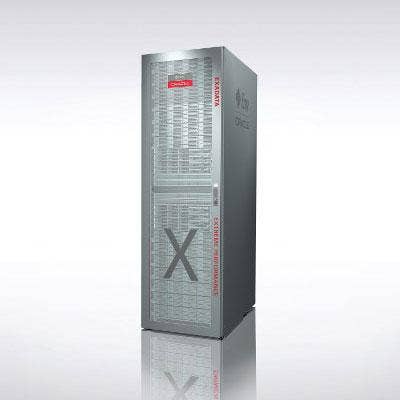
10. Data Warehousing Business Morphs
The data warehousing business changed significantly in 2010 thanks to three major acquisitions that brought the business a spotlight in which it is seldom seen.
The attention to this technology comes as the growth of the business analytics market, which includes data warehousing, is expected to grow 7 percent a year through 2014, according to IDC.
IBM in November acquired Netezza for about $1.7 billion, giving the company an appliance and scalable solution on which to anchor its other data warehousing offerings.
Storage vendor EMC this fall acquired data warehouse technology provider Greenplum, and by October unveiled its first data warehousing appliance.
Oracle, meanwhile, used its recent acquisition of Sun Microsystems to develop its own data warehousing appliance, the Oracle Exadata Database Machine.